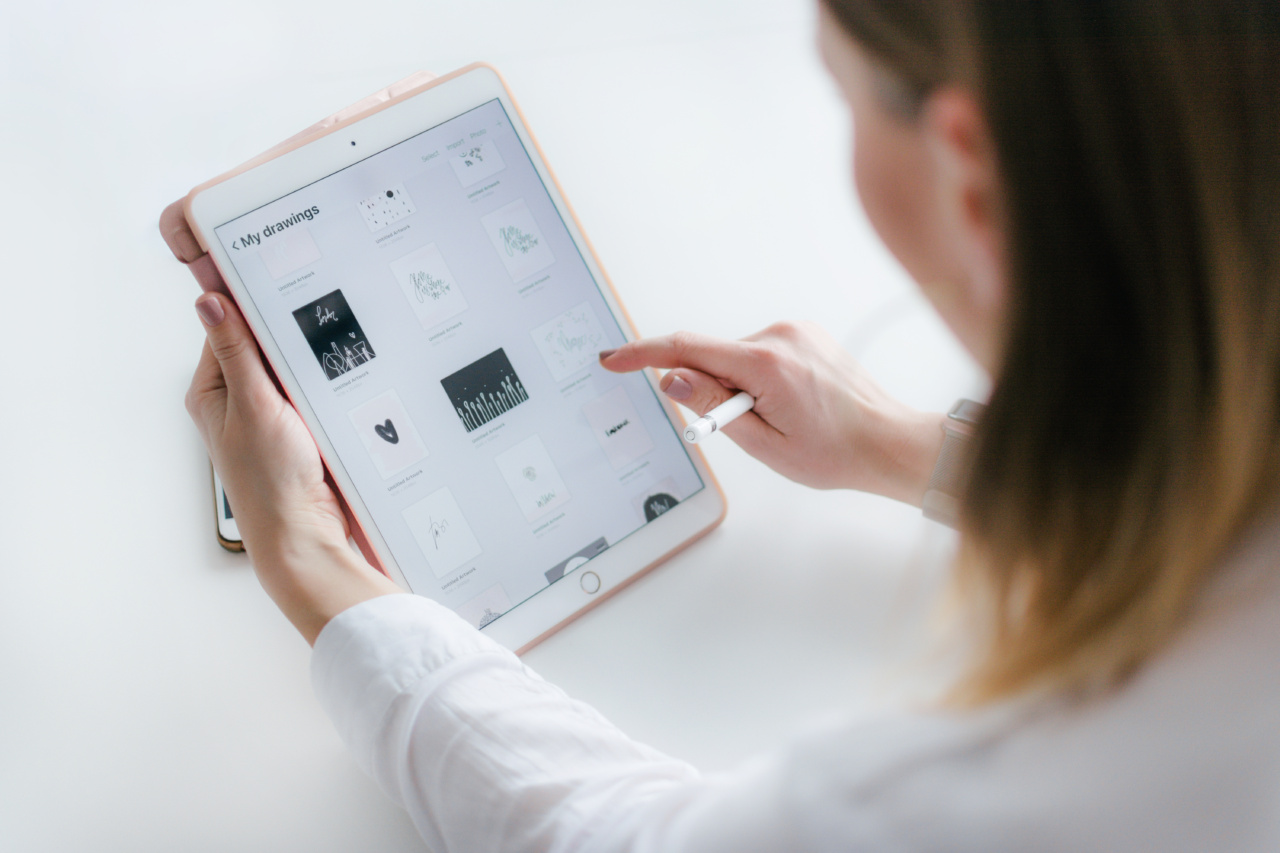Being pregnant is a beautiful and momentous journey in a woman’s life. However, it also comes with its fair share of risks and concerns, one of them being preeclampsia.
Preeclampsia is a condition characterized by high blood pressure and organ damage, and it can be dangerous for both the mother and the baby if left untreated. Early detection and monitoring are crucial to ensure a healthy pregnancy, and that’s where a pregnancy app can play a vital role.
What is Preeclampsia?
Preeclampsia is a pregnancy-related condition that typically occurs after the 20th week of gestation. It is characterized by high blood pressure and signs of damage to other organ systems, most commonly the liver and kidneys.
Other symptoms may include swelling in the hands and face, sudden weight gain, severe headaches, and vision changes.
Left undiagnosed or untreated, preeclampsia can lead to complications such as premature birth, low birth weight, impaired organ function, and in severe cases, even maternal and fetal mortality.
Identifying and managing preeclampsia early on is essential to minimize these risks and ensure a healthy pregnancy for both mother and baby.
The Role of Pregnancy Apps
Thanks to advancements in healthcare technology, expectant mothers now have numerous tools at their fingertips to stay informed and take charge of their health during pregnancy.
Pregnancy apps have gained immense popularity in recent years, offering a plethora of features that help women track their pregnancy, monitor their health, and receive timely notifications and alerts.
These apps provide a convenient platform to record and track various aspects of pregnancy, such as weight gain, fetal movements, contractions, sleep patterns, and more.
They also offer a wealth of educational resources, including articles, guides, and videos on essential topics like prenatal care, nutrition, exercise, and common pregnancy concerns. With the help of a pregnancy app, expectant mothers can stay informed and empowered throughout their pregnancy journey.
Pregnancy Apps and Preeclampsia
One of the notable features of some pregnancy apps is their ability to monitor and notify users about potential signs of preeclampsia.
These apps use integrated algorithms and data input by the user to identify any warning signs and provide timely alerts. This early detection can make a significant difference in the outcome of preeclampsia and ensure that expectant mothers receive the necessary medical attention promptly.
Benefits of Preeclampsia Monitoring
By using a pregnancy app that incorporates preeclampsia monitoring, expectant mothers can experience several benefits:.
1. Early Detection
Early detection is crucial in managing preeclampsia effectively. With a pregnancy app monitoring for potential signs and symptoms, expectant mothers can receive early alerts if any worrisome indicators arise.
This allows them to seek medical advice promptly and take necessary precautions.
2. Timely Medical Intervention
When preeclampsia is detected early, healthcare providers can intervene swiftly and implement appropriate measures to manage the condition.
Early intervention may include lifestyle changes, medication, or in severe cases, early delivery to protect the health of both the mother and the baby.
3. Peace of Mind
Managing any health condition during pregnancy can be stressful.
By using a pregnancy app that monitors preeclampsia, expectant mothers can have peace of mind knowing that they are actively monitoring their health and receiving timely notifications if any concerning signs arise. This can alleviate anxiety and provide reassurance throughout the pregnancy journey.
Features to Look for in a Pregnancy App
While many pregnancy apps offer general tracking and educational features, not all of them include preeclampsia monitoring. If you’re considering using a pregnancy app to stay informed about preeclampsia, here are some features to look for:.
1. Preeclampsia Risk Assessment
Ensure that the app incorporates a comprehensive risk assessment tool that evaluates various factors, such as age, weight, medical history, and previous pregnancy complications, to determine the user’s risk level for preeclampsia.
This will help personalize the monitoring process and provide more accurate notifications.
2. Symptom Tracking
The app should allow users to input and record symptoms associated with preeclampsia, such as high blood pressure readings, swelling, frequent headaches, and changes in vision.
The app’s algorithm should then analyze this data to identify any potential warning signs and notify the user accordingly.
3. Alerts and Notifications
Make sure the app has a robust alert system that sends notifications to the user when potential signs of preeclampsia are detected. These alerts should prompt the user to seek medical advice for further evaluation and guidance.
4. Educational Resources
A pregnancy app that aims to monitor preeclampsia should also provide educational resources on the topic.
Look for an app that offers articles, videos, and expert advice on preeclampsia, its causes, risk factors, prevention strategies, and management options.
Taking Control of Your Health
With the convenience and accessibility of pregnancy apps, expectant mothers now have the means to actively participate in their healthcare journey.
By using a pregnancy app with preeclampsia monitoring capabilities, women can empower themselves with knowledge, receive timely alerts, and take proactive steps to ensure a healthy pregnancy.
However, it is important to note that pregnancy apps should complement, not replace, regular prenatal care and consultations with healthcare professionals.
These apps serve as valuable tools to enhance pregnancy care but should not be relied upon as the sole source of medical advice.
Stay informed, utilize the benefits of technology, and work in partnership with your healthcare provider to achieve a healthy and successful pregnancy.






























